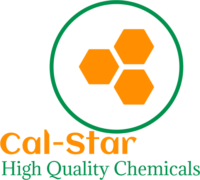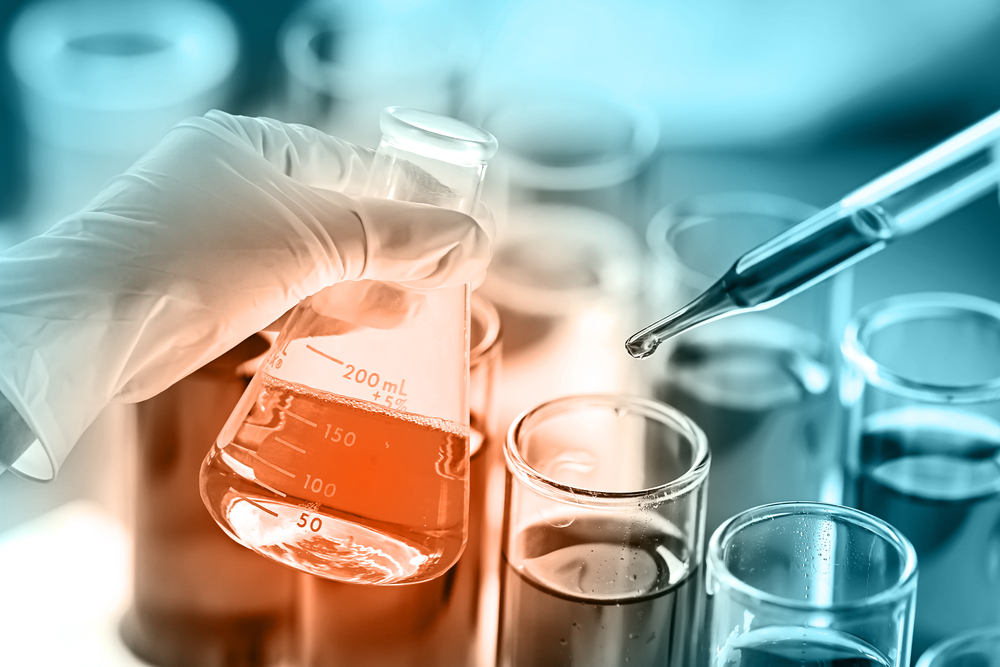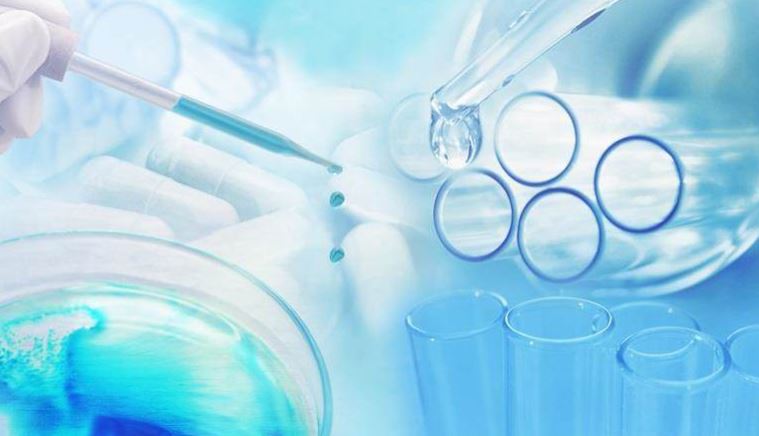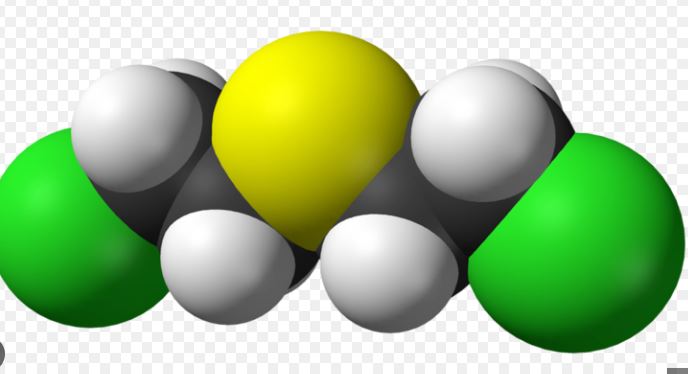The rate at which a chemical reaction occurs is influenced by several factors. Understanding these factors is crucial for controlling reaction speeds in both laboratory and industrial settings. This guide explores the primary factors affecting reaction rates, including concentration, temperature, surface area, catalysts, and pressure.
1. Concentration
1. Definition: Concentration refers to the amount of a reactant present in a given volume of solution. It is a key factor in determining how quickly reactants are converted into products.
2. Effect on Reaction Rate:
- Increased Concentration: Higher concentrations of reactants lead to more frequent collisions between particles, thus increasing the reaction rate.
- Example: In the reaction between hydrochloric acid (HCl) and sodium thiosulfate (Na₂S₂O₃), increasing the concentration of HCl speeds up the formation of sulfur.
2. Temperature
1. Definition: Temperature is a measure of the thermal energy of the reactants. It affects the kinetic energy of molecules and their ability to collide.
2. Effect on Reaction Rate:
- Increased Temperature: Higher temperatures increase the kinetic energy of molecules, leading to more frequent and energetic collisions. This often results in a higher reaction rate.
- Example: The decomposition of hydrogen peroxide (H₂O₂) is faster at higher temperatures due to increased molecular motion.
3. Arrhenius Equation: The Arrhenius equation describes how temperature affects reaction rates: k=Ae−EaRTk = A e^{-\frac{E_a}{RT}} where kk is the reaction rate constant, AA is the pre-exponential factor, EaE_a is the activation energy, RR is the gas constant, and TT is the temperature in Kelvin.
3. Surface Area
1. Definition: Surface area refers to the amount of exposed surface of a solid reactant. It influences how reactants interact during a reaction.
2. Effect on Reaction Rate:
- Increased Surface Area: Larger surface areas of solid reactants allow for more collisions between reactants, leading to faster reaction rates.
- Example: Powdered substances react more quickly than larger chunks because the powder has a greater surface area.

Factors Affecting Reaction Rates
4. Catalysts
1. Definition: Catalysts are substances that increase the rate of a reaction without being consumed in the process. They work by providing an alternative reaction pathway with a lower activation energy.
2. Effect on Reaction Rate:
- Presence of a Catalyst: Catalysts increase the reaction rate by lowering the activation energy barrier, allowing more reactant molecules to reach the transition state.
- Example: Enzymes are biological catalysts that speed up biochemical reactions in living organisms.
3. Types of Catalysts:
- Homogeneous Catalysts: Catalysts that are in the same phase as the reactants (e.g., acids and bases in solution).
- Heterogeneous Catalysts: Catalysts that are in a different phase than the reactants (e.g., solid catalysts in liquid reactions).
5. Pressure (for Gaseous Reactions)
1. Definition: Pressure is the force exerted by gas molecules in a container. It affects the frequency of collisions between gas molecules.
2. Effect on Reaction Rate:
- Increased Pressure: For reactions involving gases, increasing the pressure effectively increases the concentration of gas molecules, leading to more frequent collisions and a higher reaction rate.
- Example: The synthesis of ammonia (NH₃) from nitrogen (N₂) and hydrogen (H₂) is accelerated at higher pressures.
6. Catalytic Mechanisms and Activation Energy
1. Activation Energy: Activation energy is the minimum energy required for a reaction to occur. It is a crucial factor in determining how temperature and catalysts affect reaction rates.
2. Catalytic Mechanisms:
- Surface Catalysis: Catalysts provide a surface for reactants to adsorb, increasing the likelihood of successful collisions.
- Substrate Interaction: Enzymes and other biological catalysts interact with substrates to lower the activation energy required for a reaction.
Conclusion
Reaction rates are influenced by various factors, including concentration, temperature, surface area, catalysts, and pressure. By understanding and manipulating these factors, chemists can control and optimize reaction speeds for different applications. Whether in industrial processes, laboratory experiments, or biological systems, these factors play a crucial role in the efficiency and outcome of chemical reactions.




